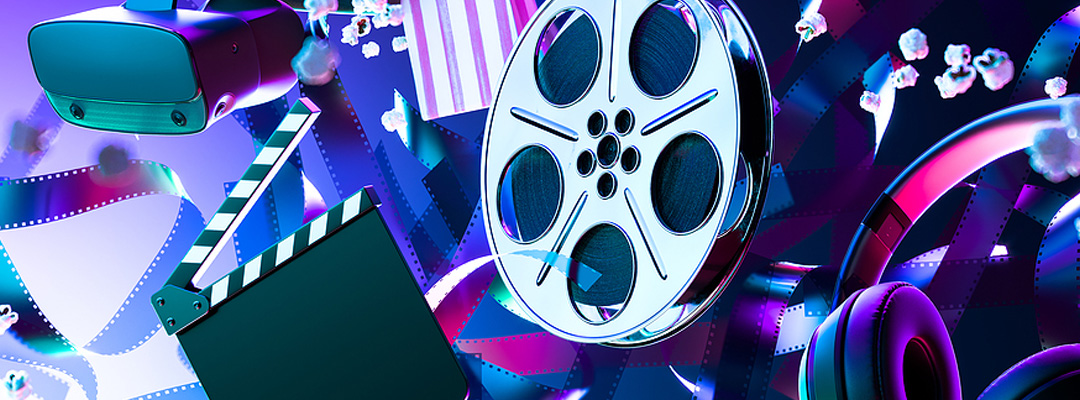TTS Audio/Video Translation Solutions
(Audiovisual Translation AVT)
- Support nearly all video or audio formats (podcasts, tv, radio, movies).
- Provide audio or video translations in 170+ dialects and languages.
- Display multiple captions and audio tracks within the same player.
- Offer different voices per speaker. (voice dubbing)
- Inventory of thousands of AI High-Quality voices.
- Video Graphics Text translations (graphics, text, signage, lower thirds, captions, credits)
- Music translation (Lyrics translation, AI Voice Singing, Music mixing and mastering)
- Support NextGen TV media formats.
- Support MP4, HLS, DASH multi-language format encoding.
- Offer multi-language player and Content Delivery Network (CDN) for global distribution.
- Provide vital Subtitles/Captions in videos for hearing-impaired or deaf viewers.
- Audio books, podcast and other formats can be localized for target audiences.
- Surround Sound, Dolby all mixed, matching your source audio quality.
Why are captions important?
80% of people on Facebook “react negatively” to video that auto-plays sound. Videos with captions get 16% more reach on Facebook, are shared 15% more, get 17% better reactions and get 26% more call-to-action click-throughs.
Audio Translations and Dubbing?
We provide both audio translation and dubbing services. Some would ask, “aren’t they the same thing?”. Actually they are not. We provide 2 different approaches to audio translation that is contained within media (TV, radio, movies, instructional videos…). Translation and Dubbing.
Translation IS TRUE to the original content; meanings, style, intent and verbosity. Our goal for translation is to reflect exactly what was expressed in the source language within the constraints of language differences. Because of this, the length of the verbiage translated may be shorter or longer than the original text. Some languages use less words than English for example (Japanese, Chinese, Korean). Others use more (Spanish, Hindi, Russian). Therefore to match the meaning, the words may not always fit the timing of the source statements. When looking at high quality video and translations, this “mis-fitting” of the time can capture our attention and may give the appearance of not being high quality, due to our experience with Dubbing. This is the method we use for audio translation, audio books, and other content that does not have time constraints. For video based content, we provide Dubbing.
Dubbing is the second approach to audio/video translation. This approach ATTEMPTS TO BE TRUE to the original content; meanings, style, intent. But due to the time constraint being added, of matching the original language verbiage, verbosity and actual original statements may be changed to “make it fit”.
This process of altering the statements to be synonymous with the original text, but with less words is called “transcreation“, this is different from transcription or translation, because it is a creative process. This can be achieved with human writers or AI text creation tools. But it is not a perfect translation. Instead it provides a pleasant audio that “fits” the original audio and matches the times that the person is speaking accurately. This is what is done for movies and TV shows that have been “localized” for an audience that speaks a different language from the one, the source movie was recorded in. This is what we expect as “quality translation” in media. This process takes more time, and cost more to produce dubbing level translation for media. But we can provide both types of translations for your media products. Translation and Dubbing.





